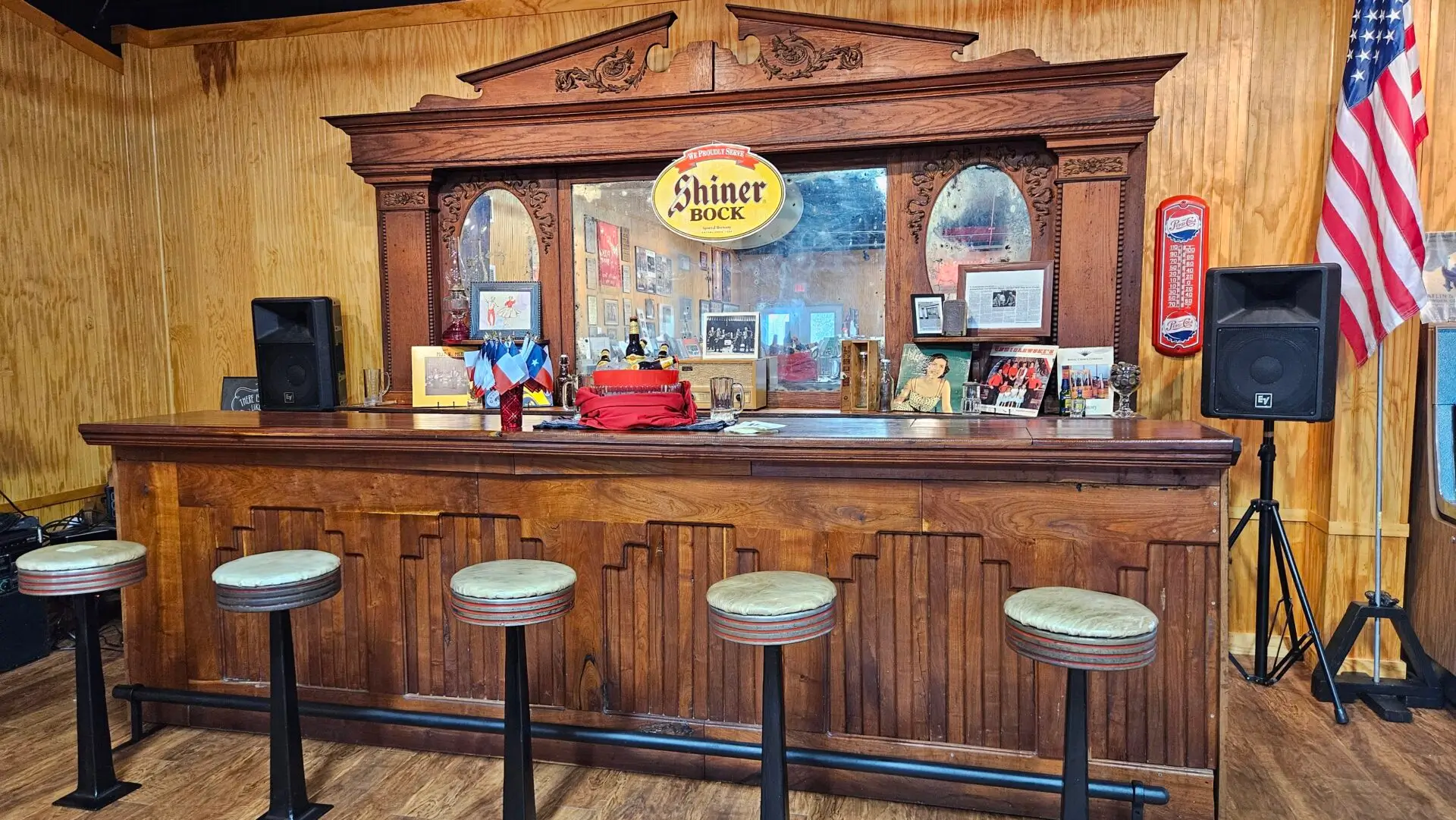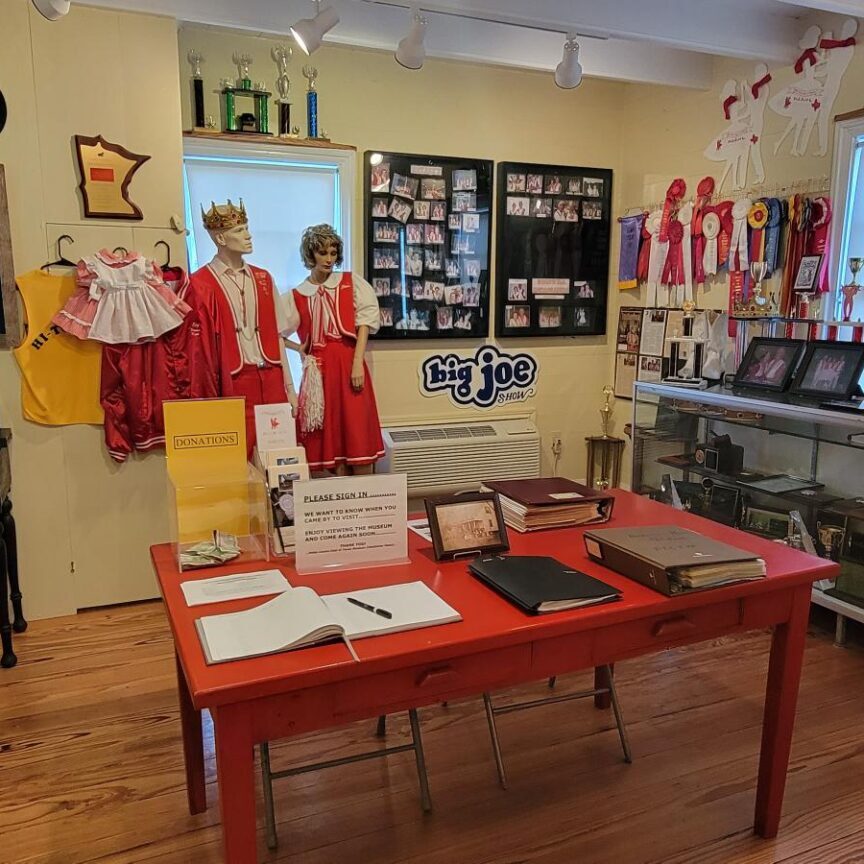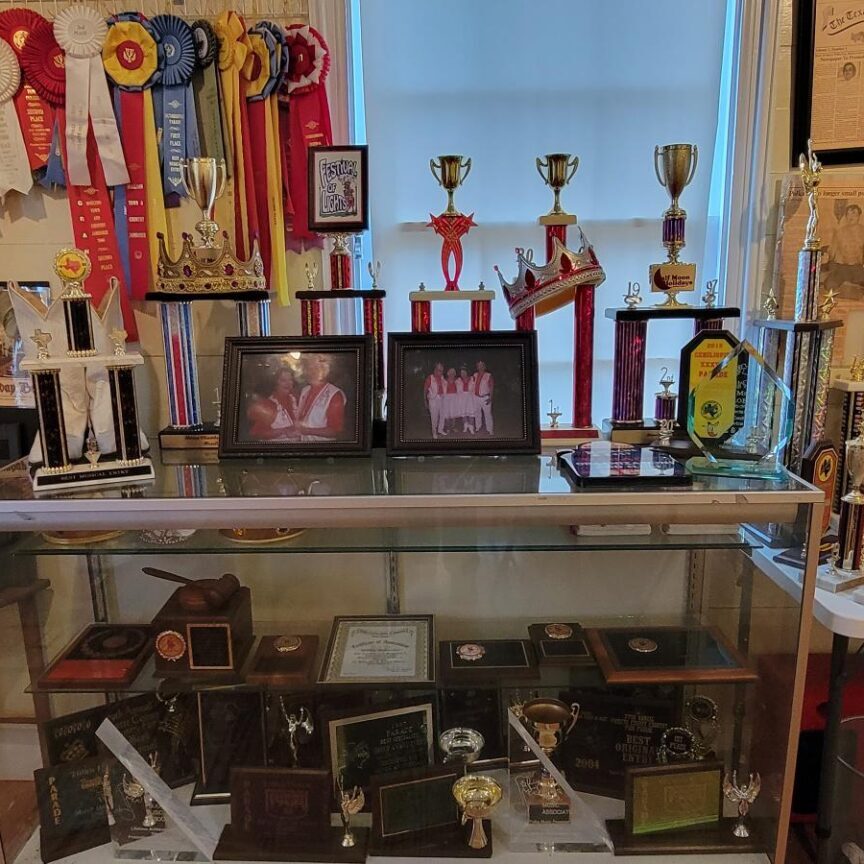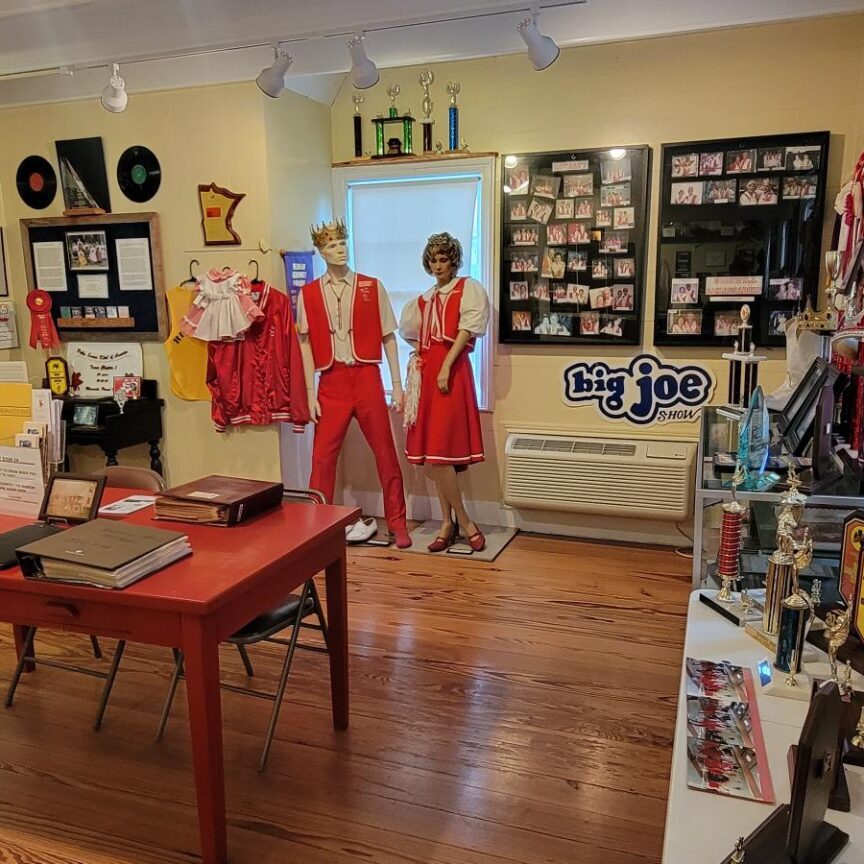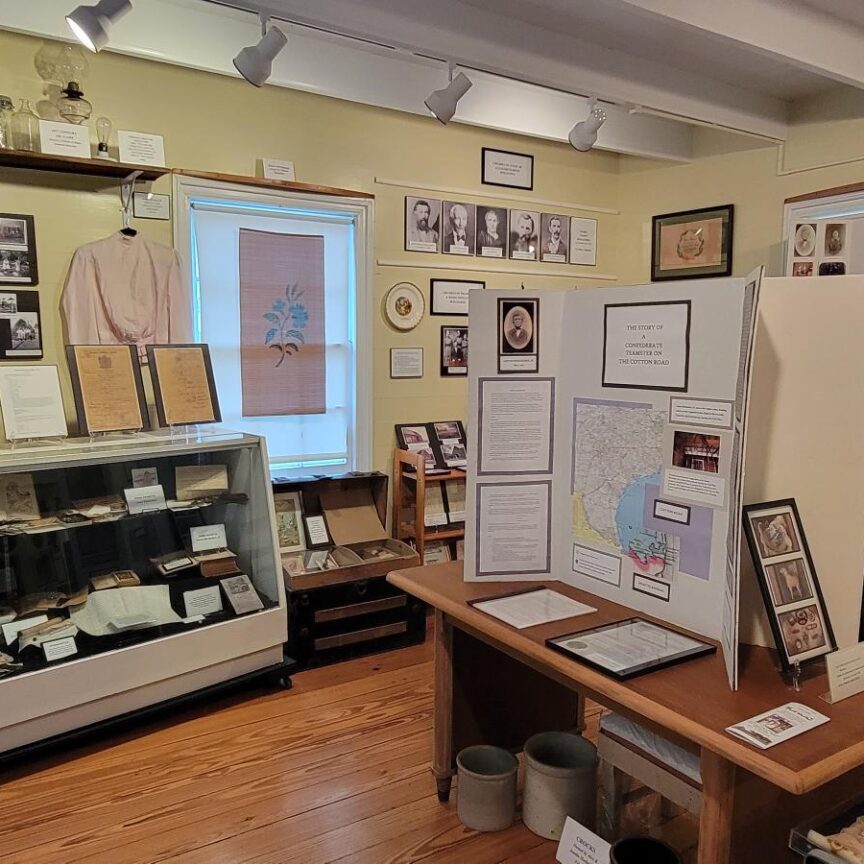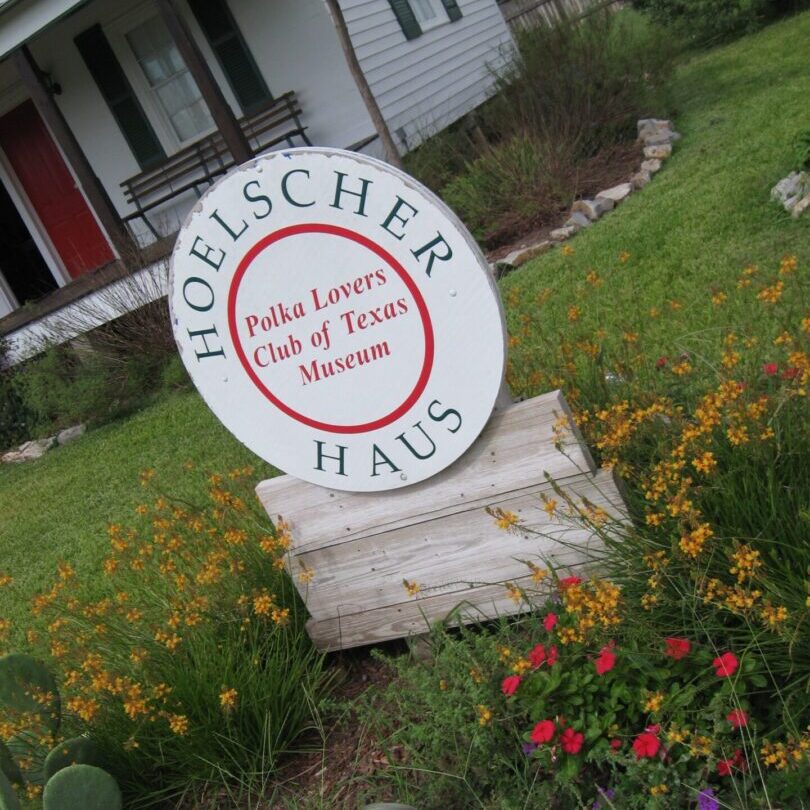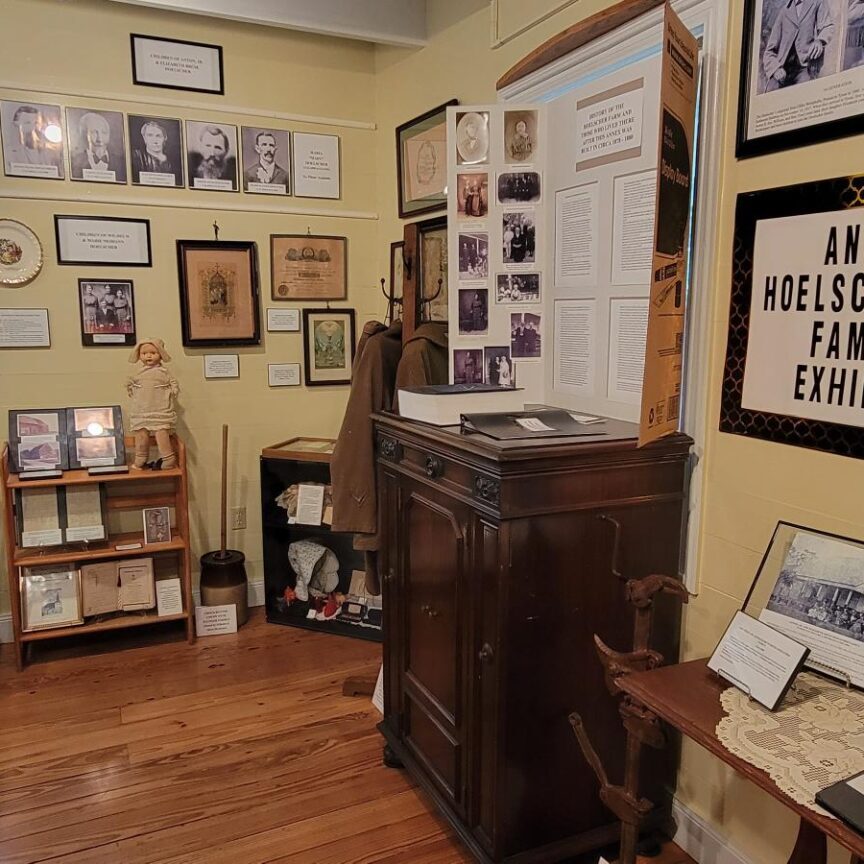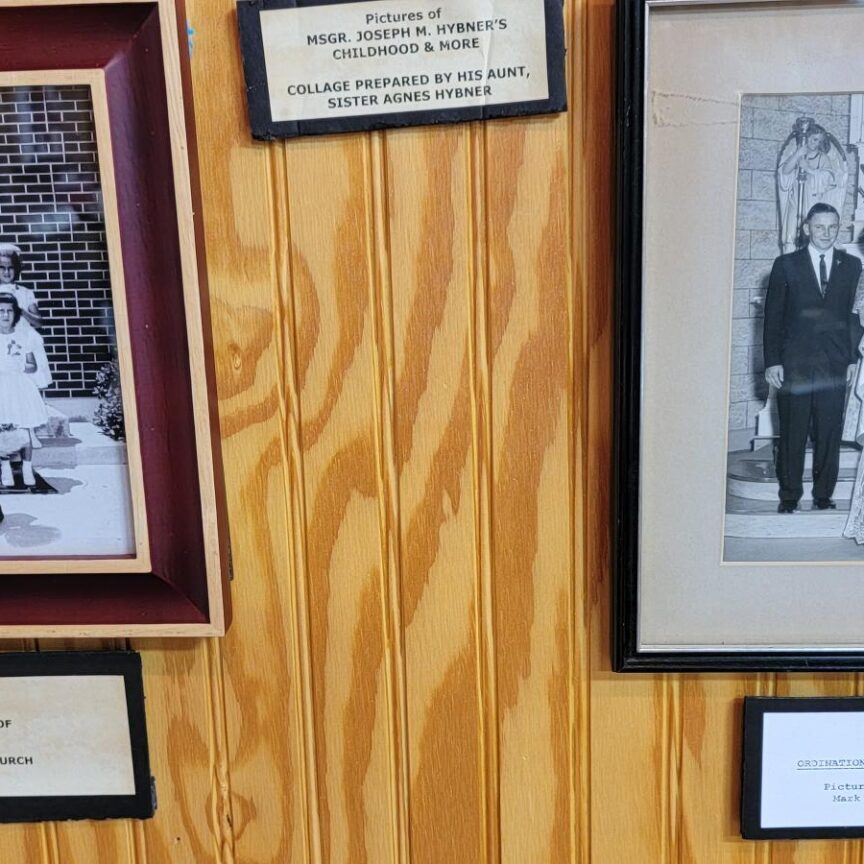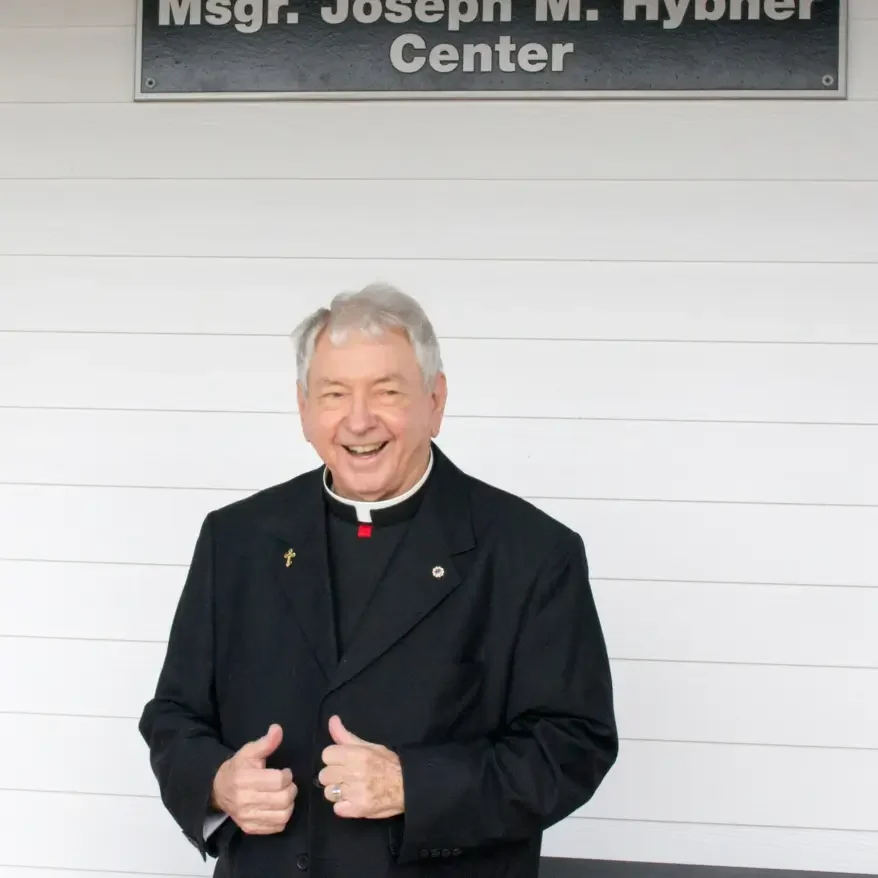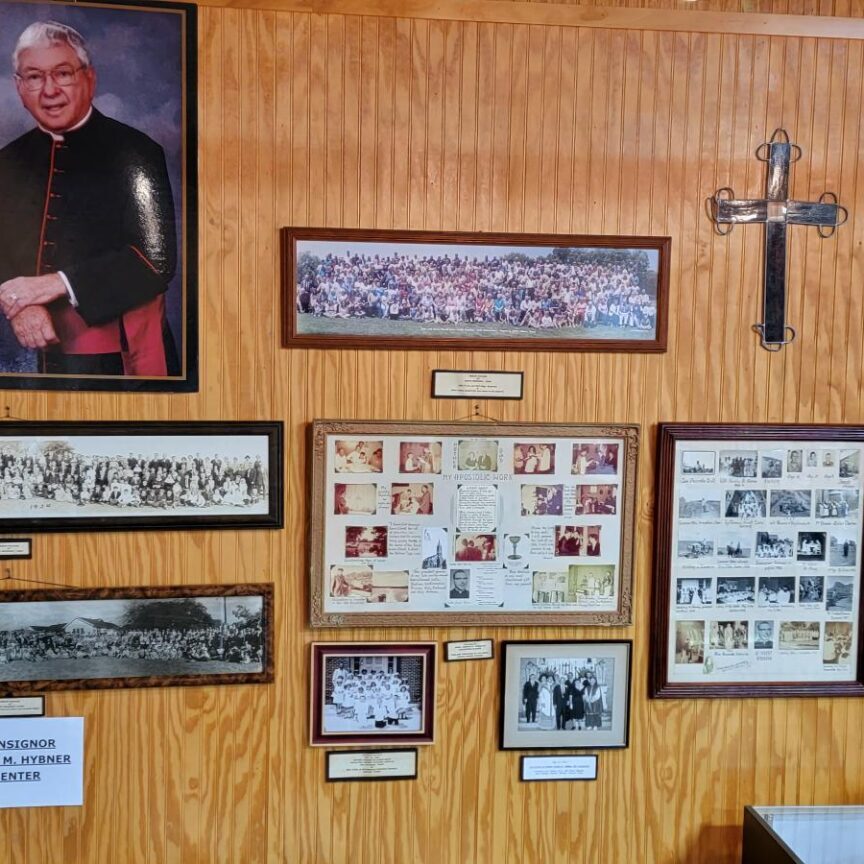Polka Lovers Club of Texas Museum Origin
Harry Czarnek was the leader of a polka band called the Texas Dutchmen Band in the 1980’s. His band was hired to play at a Polka festival in Omaha, Nebraska in 1988. Harry put together 2 bus loads of Texans, about 100 people, to attend the festival. During the 3-day event, a huge number of attendees were dressed in Red and White uniforms and were called the Polka Lovers Klub of America. This organization was founded in Minnesota in 1973. They were very cordial and showed the Texans a good time. On the bus ride home, inspired attendees discussed organizing something similar. Organizers decided to move forward with forming a Texas Klub similar to the one in Nebraska. Harry invited all interested polka dancing lovers to a meeting to create a “Texas” P.O.L.K. of A. Chapter. The chapter was created in 1989.
The Klub initially started with 37 members. Three years later, there were approximately 350 members. During the 4th year, a membership drive brought in another 500 members. A float was designed and built for groups of Polka Dancers to perform on the float during parades throughout South and Central Texas. The floats won a number of trophies which prompted a group of members to create a museum to display collections of memorabilia.
The group wanted to name the museum P.O.L.K. of A. Museum but Minnesota organizers objected to using that name, which then changed to the Polka Lovers Club of Texas Museum (PLCTM).
Henry Hoelscher donated his old family farmhouse which was moved to the La Grange fair grounds allowing the Polka Lovers Club of Texas Museum (PLCTM) to be housed in the “Hoelscher Haus”. In a couple of years, the house ran out of space for memorabilia.
An expansion for adding more space for the museum was proposed. Drawings for a 2000 Sq. Ft. addition were approved at an estimated cost of $250,000. The financial goal was met to start construction, with the largest contributor being Sanford Schmid.
Today, the PLCTM stands as a vibrant tribute to polka history, showcasing an extensive collection of memorabilia and fostering the spirit of the Texas P.O.L.K. of A. Chapter, bringing the joy and rhythm of polka to generations of enthusiasts who visit the beloved Polka Museum.
P. O. L. K. of A. Exhibit
Click on the images to view full size.
The Hoelscher Haus
In 1846, Olfen, Germany immigrants Anton Hoelscher, Sr. and Mary Katherine Daldrop Hoelscher migrated with the family to America. The children borne out of their marriage also made this their home in Texas.
These children include Mary, Anton Jr., Joseph (Joe), William, and Ben (Johann Bernard). Anton Hoelscher Jr. married Anna Marie Elizabeth Ahsen-Bruese on April 5, 1847.
In the early 1850s, Anton Jr. and his wife, Elizabeth, bought land near Live Oak Hill. They built their first log cabin home there before building two more homes right before the turn of the century.
One of the homes they built is the Hoelscher Haus. In October 2005, Esther and Henry Hoelscher of Houston made a gift of the Hoelscher Haus to the Polka Lovers Club of Texas Museum.
The museum was then relocated within the Czech Village of the Texas Czech Heritage and Cultural Center, Inc., (TCHCC) in La Grange, Texas.
The house is of the saltbox architecture type, with a long porch across the front. The structure has two rooms on the lower floor for displays. The two rooms upstairs include P.O.L.K. of A. memorabilia, a music library, storage space, and an exhibit preparation area. The Hoelscher Haus stands proudly, preserving the legacy of the Hoelscher family and contributing to the rich tapestry of the Polka Museum's cultural heritage.
Click on the images to view full size.
Monsignor Joseph M. Hybner Center
Father Joe Hybner (1936-2019), a priest in Shiner, Texas always loved Czech music and all the Czech’s who enjoyed dancing to Polka Music. He had a desire to build a Polka Museum in Shiner but grew close to the Polka Lovers Club of Texas Museum (PLCTM) located in La Grange, Texas to which he became a Charter Member.
Over the years, he faithfully donated financially to the Museum. Upon completing the Museum expansion, the board of directors voted to name and dedicate that portion of the Museum The Msgr. Joseph M. Hybner Center.
The museum held annual memorial events with the P.O.L.K. of A. Chapter which included a slide show honoring deceased members of both organizations.
Each year, this memorial was celebrated with a Polka Mass performed by Fr. Hybner who attended most all of PLCTM functions.
He gifted a display of the Hybner family and his ordination as a Catholic priest. Father Hybner was later assigned the title of Monsignor by nomination of the Bishop with The Pope's approval.
The Msgr. Joseph M. Hybner Center exists for all visitors to enjoy, due to Father Hybner’s generous financial donations and gifts of memorabilia enshrined for viewing.
This enduring tribute, along with annual memorial events and Polka Mass celebrations, ensures that Father Hybner's love for Czech music and his commitment to the Polka Museum continue to resonate, creating a harmonious connection for all visitors to the PLCTM.
Click on the images to view full size.
Frank's Place Bar
Before television and organized sports, Czechs bellied up to the bar for a beer as they discussed weather, crops, politics, taxes, and kin folks. These immigrants and their following generations spun out stories of enjoyment and of sadness at the bar. This ritual was a continuance of the village solidarity that they knew in Europe. In the late 19th or early 20th century, Frank’s Place Bar was moved to the La Grange town square. Historically, the women sat in cars during that early era and visited with one another. Children played hide-and-seek around the courthouse, and teenagers promenaded round the square to see “whom they could see.” The ornate wooden bar has its own dramatic past. Some have heard that it came from Pennsylvania to Cuero and then to La Grange. Historian Walter Freytag says the bar was located in a saloon at the site of the old La Grange High School, next door to a cotton compress, an oil company and a lumber yard on Travis Street. At the turn of the nineteenth century, a murder took place in the saloon, it was closed, and the bar was moved to the square. In 1941, Frank Mika rented the weathered saloon on the south side of the La Grange square with its ornate bar, dirt floor and tin ceiling. His saloon was packed to the point that “you could not stir the crowd with a stick.” Why? Because Frank managed to buy beer on the black market during the Second World War. He and a Schulenburg friend drove their cars with masked trailers to Galveston to buy beer on the black market. When you are the only bar in La Grange that has beer to sell, and your clientele included the army boys from Camp Swift in Bastrop, you are busy. In 1947, Frank’s Place was renovated into a modern building of the 50’s which to this day forms the wall facing Travis Street. Now, 77 years later, the bar once in that building was repositioned to the Polka Lovers Club of Texas Museum (PLCTM) located in the Fair Grounds in La Grange, Texas on July 13, 2024, where Frank’s Place Bar is now located.
